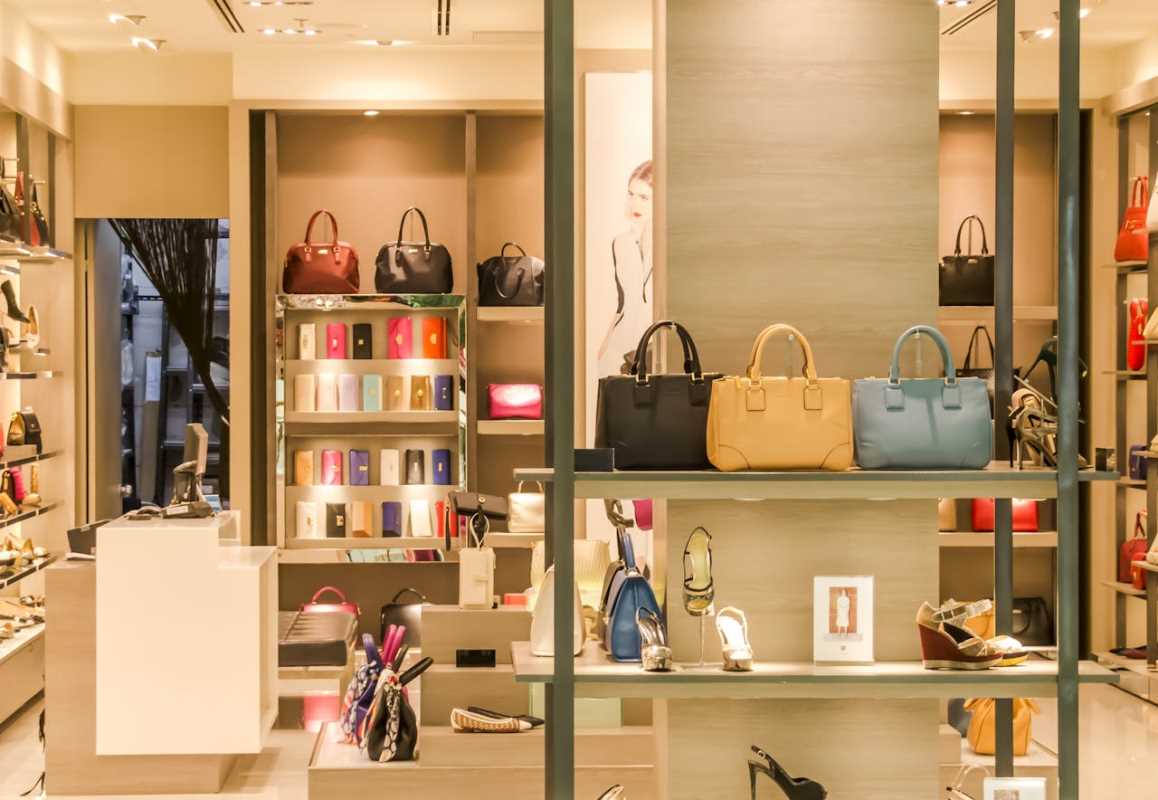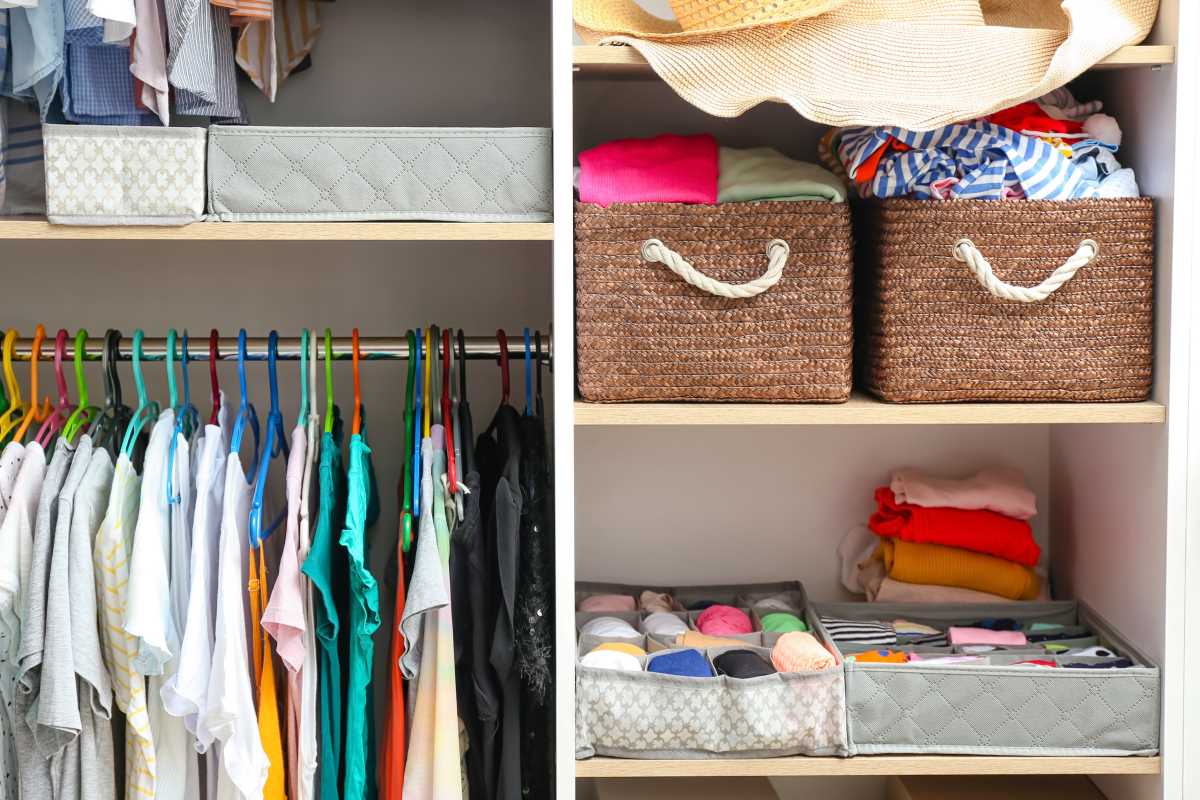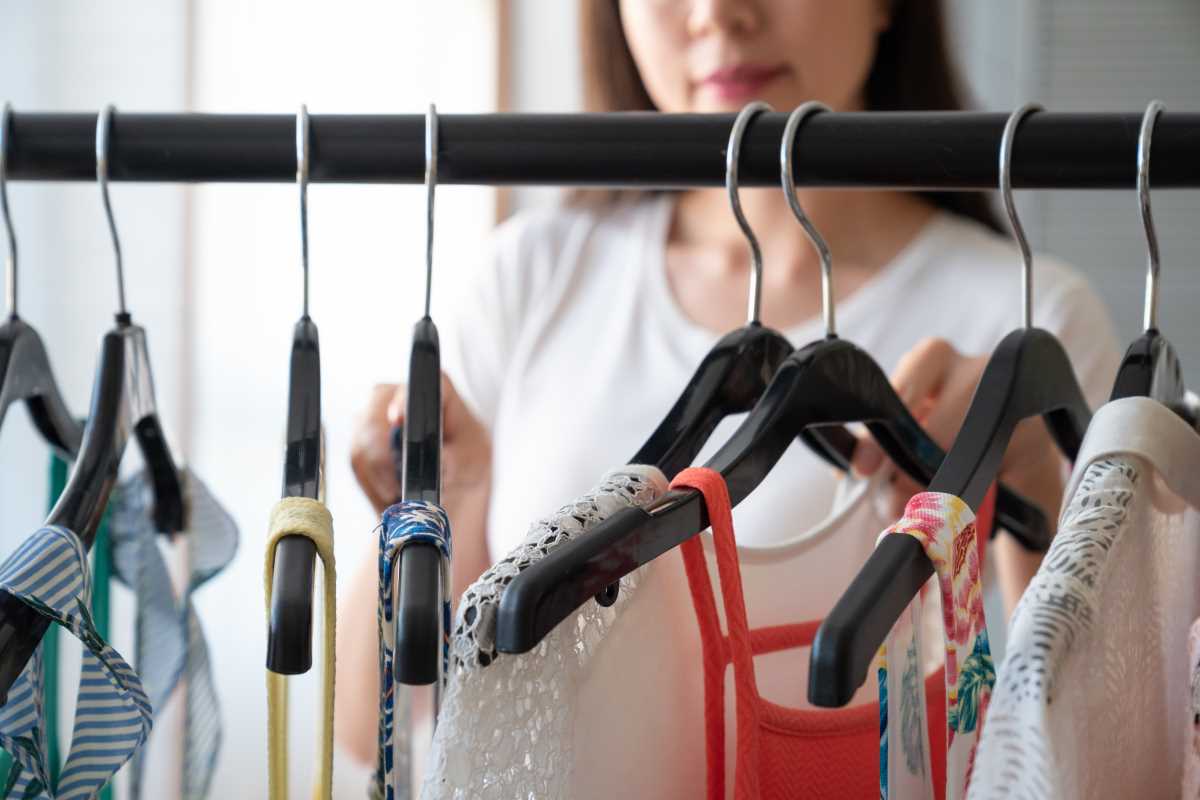Subscription boxes arrive on your doorstep like a personalized gift, promising convenience, discovery, and a curated selection of exciting products. The thrill of unboxing a surprise assortment of items, from beauty samples to gourmet snacks, is a powerful draw. While some services offer genuine value, many trendy subscription boxes can quickly become a source of clutter and a drain on your finances. The initial excitement can fade, leaving you with items you don't need and a recurring charge on your credit card. This article is here to help you look past the clever marketing, explore the hidden downsides of these services, and guide you toward making smarter purchasing decisions that truly benefit you.
The Allure of the Subscription Box Model
Subscription boxes have become incredibly popular by tapping into key psychological triggers. They offer the excitement of a surprise, the feeling of getting a special deal, and the convenience of home delivery. Understanding how this business model works can help you see why it might not always be in your best interest.
The Promise of Curation and Discovery
One of the biggest selling points of subscription boxes is the idea of expert curation. Companies claim to have specialists who hand-pick the best products for you, introducing you to new brands and items you might not have found on your own. This can be appealing for anyone looking to discover new favorites without the effort of research.
The reality, however, can be quite different. Many boxes are filled with overstock items, products from brands trying to gain market traction, or deluxe-sized samples rather than full-sized products. While you might find a gem occasionally, you often end up with a collection of things you would never have chosen to buy for yourself. The promise of discovery can easily turn into an accumulation of unwanted clutter.
Creating Perceived Value
Subscription box companies are masters at creating the perception of value. They often advertise a "total box value" that is significantly higher than the monthly fee you pay. A $25 box might claim to contain over $100 worth of products, making it seem like an unbeatable bargain. This taps into our desire to get a good deal and makes it feel like we are saving money.
This perceived value can be misleading. The retail prices used to calculate the total value are often inflated. More importantly, an item has no real value to you if you will not use it. A $50 face cream that is wrong for your skin type or a $20 snack you dislike does not add $70 of value to your life; it just adds to the clutter in your home. The true value is not what the company says it is, but what the products are actually worth to you.
The Hidden Financial Costs
That seemingly small monthly fee for a subscription box can have a bigger impact on your wallet than you might realize. The "set it and forget it" nature of recurring payments makes it easy to lose track of how much you are really spending over time.
The Slow Drain of Recurring Payments
A monthly charge of $15, $25, or even $50 might not seem like a lot on its own. Over the course of a year, however, these small amounts add up significantly. A $25-per-month subscription costs you $300 annually. Two or three such subscriptions could easily total over $1,000 a year.
This is money that could be put toward your financial goals, like paying down debt, building an emergency fund, or saving for a vacation. The convenience of automatic billing can mask the long-term financial commitment. We can help you take control by encouraging you to review your bank statements and identify all recurring charges. Canceling even one or two underused subscriptions can free up a surprising amount of cash.
The Cost of Unused Products
The biggest financial waste with many subscription boxes comes from the products you receive but never use. A box might contain five items, but you may only genuinely like and use one or two of them. The rest get pushed to the back of a drawer, given away, or eventually thrown out.
You are effectively paying the full subscription price for only one or two items. Imagine paying $30 for a box and only using a single $10 moisturizer from it. You have essentially overpaid by $20 for that one product. It is often more cost-effective to identify what you truly need and purchase those specific full-sized items directly. This intentional approach ensures every dollar you spend goes toward something you will actually use and enjoy.
Beyond Your Budget: Other Downsides to Consider
The impact of trendy subscription boxes goes beyond just your finances. They can contribute to household clutter, create unnecessary waste, and even add to your stress levels. Recognizing these downsides is a key part of making a conscious choice.
The Problem of Product Overload and Clutter
Each month, a new box arrives, bringing a fresh wave of products into your home. This can quickly lead to what is known as product overload. Your bathroom cabinets overflow with sample-sized lotions, your pantry fills with unfamiliar snacks, and your closet gets cluttered with accessories you do not wear.
This physical clutter can have a direct impact on your mental well-being. A disorganized environment can create feelings of stress and overwhelm. Instead of bringing joy, the constant influx of new stuff becomes a burden you have to manage, store, and eventually discard. Decluttering is a powerful step toward a calmer mind, and stopping the flow of unnecessary items into your home is the first step.
The Environmental Impact
The subscription box model inherently generates a lot of waste. Each box comes with its own packaging, including the outer box, inner wrapping materials like tissue paper or plastic fill, and the individual packaging of each product. Much of this ends up in the trash immediately.
Furthermore, the unwanted products themselves contribute to waste. Many beauty products, if unused, will expire and need to be thrown away. This cycle of producing, shipping, and discarding items that are never fully used has a significant environmental footprint. By being more mindful of our consumption, we can each play a part in reducing this waste and making more sustainable choices.
How to Make Smarter Choices
Moving away from wasteful subscriptions does not mean you have to give up on trying new things. It is about shifting your approach to be more intentional and centered on your actual needs and desires. We've got you covered with some practical tips.
Perform a Subscription Audit
The first step is to take stock of your current subscriptions. Make a list of every service you pay for, how much it costs per month, and when you last used the items from it. Be honest with yourself about the value you are truly getting.
Ask yourself a few key questions for each subscription. How many products from the last box did you actually use? Do you feel excited when the box arrives, or does it feel more like an obligation? Is the monthly cost aligned with your budget and financial goals? This simple audit will give you a clear picture of where your money is going and help you identify which services are no longer serving you.
Embrace Intentional Purchasing
Instead of relying on a company to choose products for you, take back control and practice intentional purchasing. When you run out of a product or identify a genuine need, take the time to research and select the perfect item for you. Read reviews, look for samples at stores, and invest in full-sized products that you know you will love.
This approach might require a little more effort upfront, but it is far more rewarding. You end up with products that are perfectly suited to your needs, tastes, and lifestyle. Your home stays clutter-free, and you save money by only buying what you will actually use. This mindful way of shopping is empowering and ensures your purchases bring you lasting satisfaction.
 (Image via
(Image via





